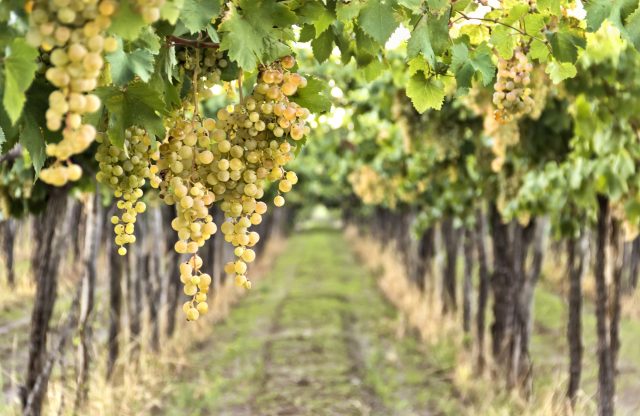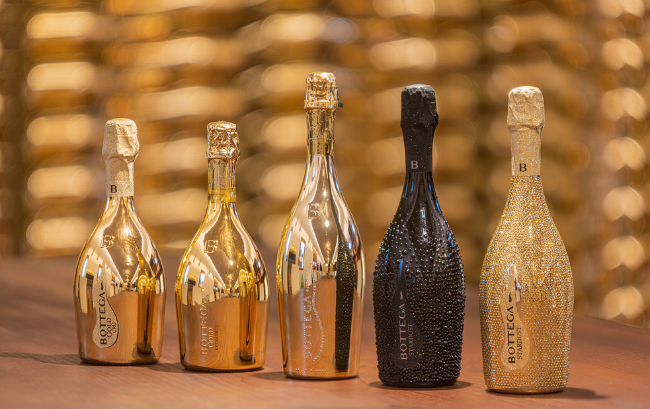The growing bitterness of Susana Balbo
By Sarah NeishThe pioneering Argentine winemaker tells db why she will never condemn a wine for being “too bitter”, and why the trade should take a second look at so-called bitter varieties.

At a rare vertical tasting of barrel-fermented Torrontés wines held in London last week, Susana Balbo confided why she has a complicated relationship with notes at the bitter end of the spectrum.
“After years of winemaking I have more sensitivity to bitterness than other people so I never criticise a wine for being too bitter as what I am tasting is unlikely to be what others will experience,” she said.
Contributing to this palate sensitivity has no doubt been Balbo’s tireless work with Torrontés over the last 30 or so years, a white grape that she says “can be a naturally bitter variety, with some burned characteristics.”
For this reason Torrontés has taken some flack over the years, but in the right hands the grape can be transformed into truly special wines, comparative to a complex, mineral Chardonnay or white Burgundy.
There is perhaps no one better placed than Balbo to guide Torrontés towards the more premium end of the market. In 1986 she developed a natural yeast specifically for Torrontés, and in recent years has passionately pursued different barrel techniques to create more balanced expressions using the grape.
Balbo has also proved beyond doubt that Torrontés can stand up to considerable ageing, much to the surprise of other winemakers around the world.
“The idea of ageing Torrontés is very new as people think it becomes too bitter,” she said.
“When people in the wine world have said to me in the past that Torrontés is not a noble variety it was like they were trying to kill a child of mine, so I created this vertical tasting from my own personal library to prove them wrong.”
She added: “You are going to see the ageing potential…”
Key to fine-tuning her Torrontés has been the evolution of oak in Susana Balbo wines, but not in simplistic terms of less oak versus more, but rather via a revolutionary method of toasting the barrels.
Balbo described how she worked with the Australian Wine Institute on a new research project in 2006 which used hot air rather than fire to toast the barrels.
“We don’t have a cooperage in Argentina but I told a cooper friend in Chile about the work and said “You have to have this,” Balbo said.
She adopted the same technology in her winery in 2008 and credits the gentler technique with helping her to “achieve a better balance” in her Torrontés.
Partner Content
“It costs around €800 per machine but it allows the wine to evolve better and better over the years and the flavour it imparts is like the wine has not been oak-aged at all,” said Balbo, who now uses five different temperatures to heat the wood used for her Torrontés wines.
“The higher the temperature the stronger the flavour of the oak, but I never age Torrontés for more than six months,” she said resolutely.

The wines presented in the vertical tasting — 2016 through to 2022 — are all from the same vineyard in Mendoza, planted with Torrontés in 2005 on the same latitude as Bordeaux, in sand, stone and clay soil.
According to Balbo, Torrontés is a particularly generous yielding variety.
“We don’t want more than eight tonnes per hectare, but in Argentina Torrontés can produce up to 30 tonnes per hectare!” she said.
She namechecked 2019 as a “near perfect vintage for Torrontés; an outstanding year”, but admitted that she lost 70% of her production during the frosts last year.
As for what the future holds for this tricky but exquisite white grape under her watch, Balbo revealed: “We are now trying to plant it at 1600m altitude but maybe the grapes wont ripen so high. We’ll have to see.”
It will involve climbing more than 450m higher into the Andes than her current Torrontés plantings (1150m), but Balbo is determined to continue breaking new ground when it comes to the grape.
She is also increasingly inclined to move her wines towards screwcap for their longevity, saying “If I could have all my wines under screwcap I would but consumers are not so open to it.”
Describing a sommelier friend who devised a method of opening a screwcap wine at a table that brings the same sense of ceremony as pulling a cork, she demonstrated with an ironic smile and a flick of her wrist: “He twists the bottle, not the cap.”
Susana Balbo Wines produces 4,000 cases of Torrontes per year, made in seven different styles; an alcohol-free Torrontés; a low-alcohol Torrontés; a sweeter style from the Crios label – “around 30g sugar”; a barrel-fermented style; an orange wine made from Torrontés; a Torrontés that hails from a unique vineyard in Gualtallery; and a white Torrontés-dominant blend made with Semillon and Sauvignon Blanc.
Related news
Sensi: wineries must 'strike the right balance' in volatile market
US becomes top-selling Sotheby's location for first time in a decade




